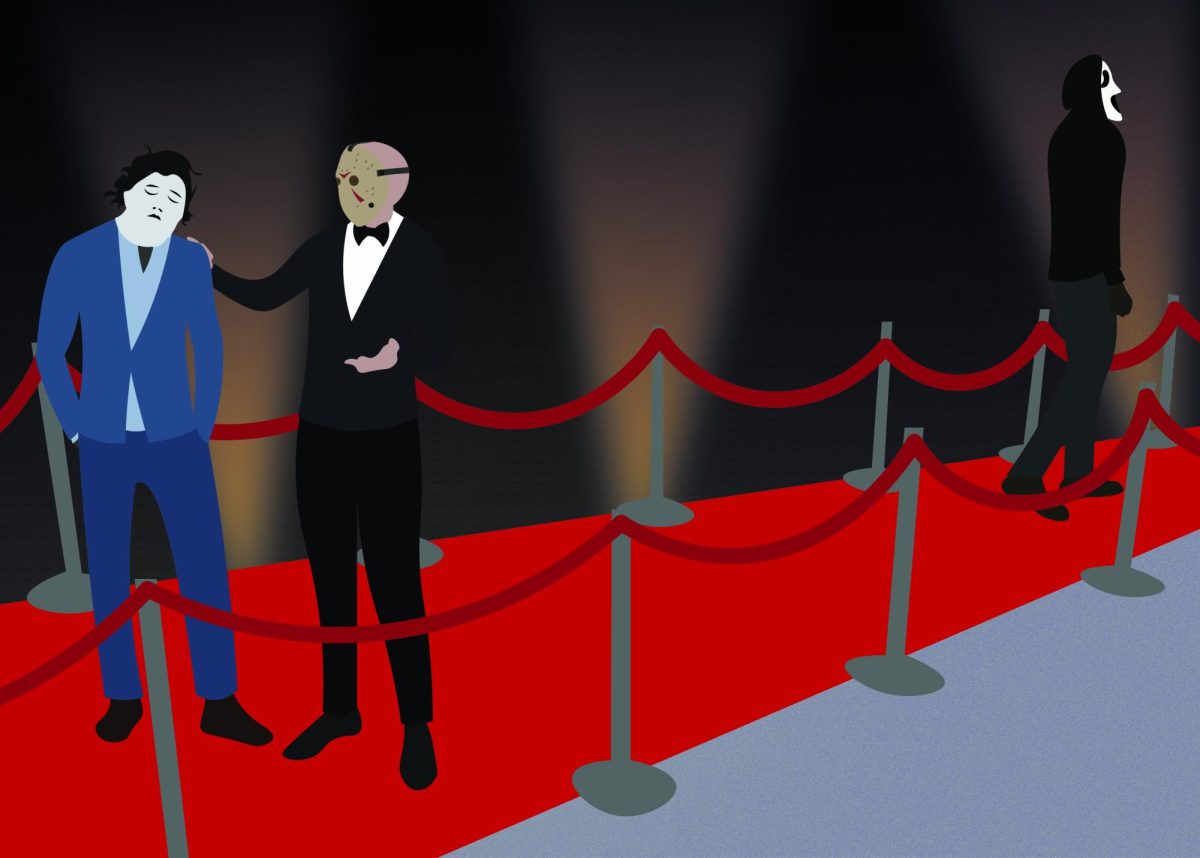As the spooky season treks on, people will often flock to their living rooms or local theaters to watch a good scary movie. The tense atmosphere and heavy topics explored in these films — as well as the gore — can make a lasting impression on generations of viewers.
Films like “Halloween”, “Friday the 13th”, and “Nightmare on Elm Street” have introduced characters and concepts that have been scaring audiences for decades. For many, sitting down and watching these films every year is an integral part of Halloween tradition, and dozens of characters and franchises ingrained in our popular culture have been born from these movies.
But despite their continued cultural relevance over the past several years, these movies have received an unfair reputation as “low-brow” or lacking the artistic merit of movies in other genres.
Horror films are historically left out of big-ticket awards in the Oscars, with only seven horror films to date receiving a nomination for Best Picture, and critics will often bash these films for their gore, violence, and other inappropriate content, believing that these more “taboo” traits give the genre less artistic merit.
However, a trait of the horror genre that critics often overlook is the symbolism and deeper meanings about real-world issues that are usually contained within these films. Any effective horror movie will use real-world issues to make a statement and make sure its message is imprinted on the audience.
In the recent critically acclaimed release “Sinners”, the vampires are not simple, blood-hungry monsters, but an allegory of the impacts of colonization and forced assimilation, and of how they destroy a group’s connection to its culture. This movie is one of many in a long history of horror films that use monsters, gore, and violence to highlight the true brutality of real-world issues. This is something a straightforward biopic or historical drama would be unable to achieve.
Many people find these movies uncomfortable to watch, but that’s the entire point of a horror film. The goal is to make the audience squirm, to make them afraid, to make them think about these uncomfortable facets of life.
Horror as a genre is successful because it consistently brings uncomfortable, often inherently violent topics into the light in a way that resonates with audiences. In my eyes, anything that makes essential topics stick with an audience, as many films have over the decades, is art and should be appreciated as such by fans and critics alike.
Shelby Born is a columnist. Contact her at [email protected]


